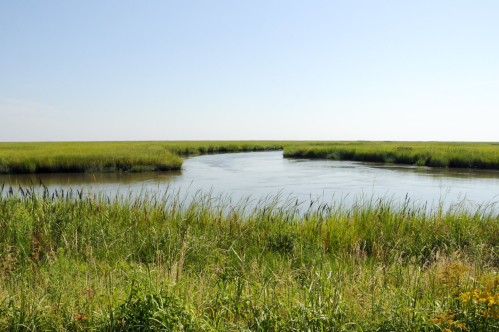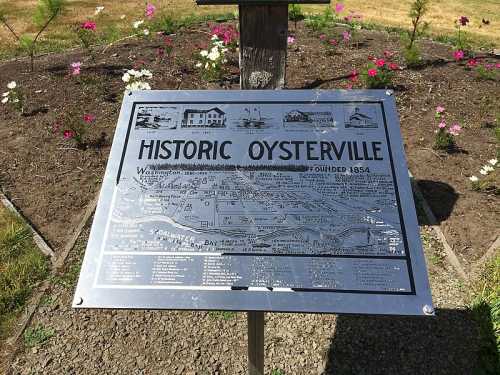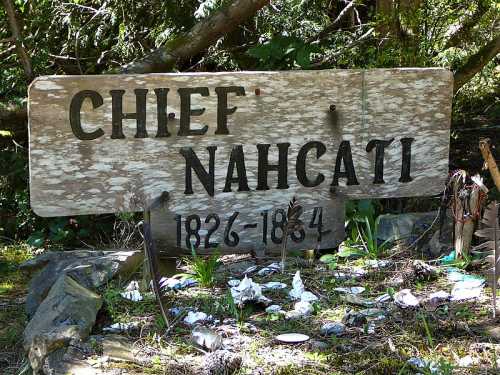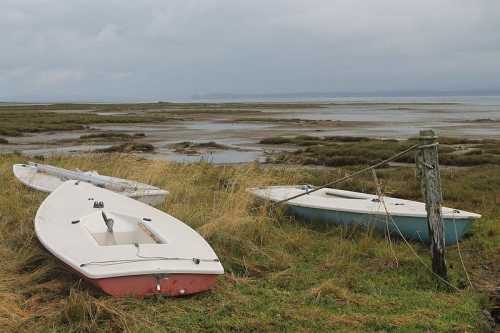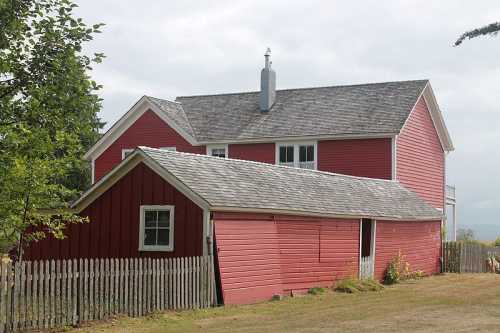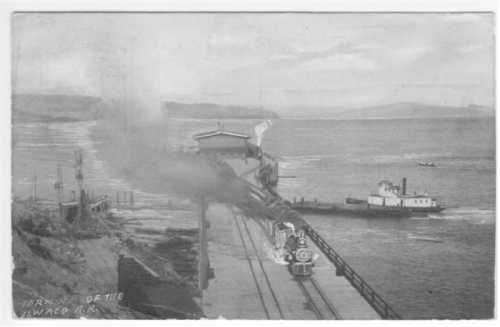Seattle's Gas Works Park is one of the most popular places in the Pacific Northwest for celebrating the 4th of July. Known as the Seafair Summer 4th, the local Lake Union fireworks display has been voted one of the nation's best shows by USA Today.
But the park itself is about so much more than firework views (although they really are amazing). Gas Works Park holds the remains of the only remaining coal gasification plant in the United States, and the old buildings are now an iconic part of the city skyline.
Gas Works Park sits nestled along the shores of Lake Union in Seattle's Fremont neighborhood, which is often called the Center of the Universe.
It's easily accessible and has plenty of parking, so locals love using it for family picnics, afternoon jogs, and bike rides.
The park is known mainly for its gorgeous views. In fact, a good picnic here on a warm summer day tops practically any outdoor dining experience in Seattle.
But the park has quite a history.
From 1906 to 1956, this area served as a major synthetic gas manufacturing plant.
These structures once produced a type of fuel extracted from coal, petroleum, or other carbon-based materials.
These giant metal structures are interesting to look at now—and they definitely give the park character.
But a century ago, they were wreaking havoc on the soil and the local climate.
If You Only Have One Day to Visit This Small Town in Rhode Island, Here’s Everything You Absolutely Can’t Miss
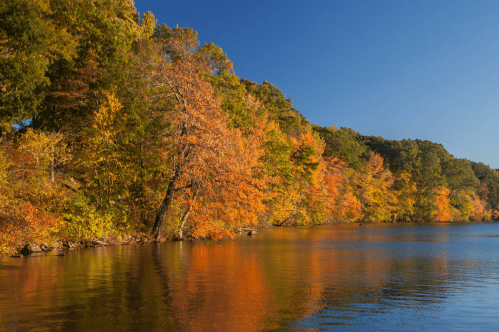
If You Only Have One Day to Visit This Small Town in Maine, Here’s Everything You Absolutely Can’t Miss

If You Only Have One Day to Visit This Small Town in Massachusetts, Here’s Everything You Absolutely Can’t Miss

By 1956, Seattle (along with most of the country) had moved on to alternative energy sources.
The plant shut down, but the plot of land was in rough shape. Black smoke and pollutants had been released into the water and soil for many years.
In 1962, the city of Seattle purchased the land with the intent of opening a park.
The park was largely designed by landscape architect Richard Haag, who saw beauty and potential in a space most considered a wasteland. He lobbied to create a park on the land by reusing the structures and removing the toxins from the soil. Haag, who passed away in 2018, wanted to keep the old structures up as a way to pay homage to our local history.
Gas Works Park officially opened in 1975, and the rest is history.
This is one of the most popular spots in Seattle, and it's easy to see why.
Did you know about the history of Gas Works Park?
Subscribe to our newsletter
Get the latest updates and news
Thank you for subscribing!




